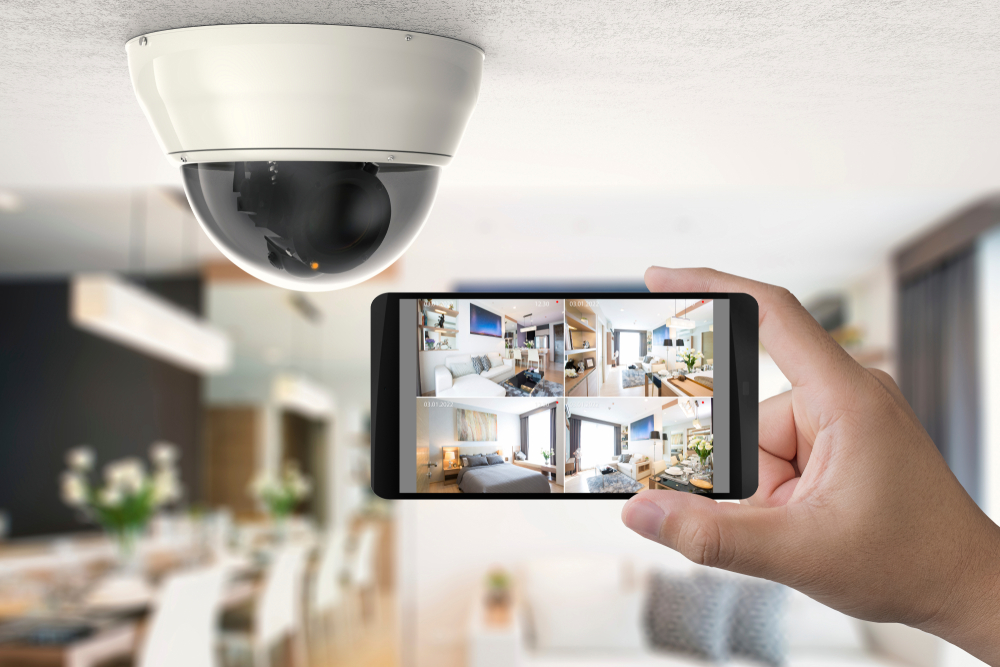Access control systems allow offices to balance security with openness easily. They also make HIPPA compliance much simpler for hospitals, doctor’s offices, and financial institutions that store patient data securely.
An access control system operates by recognizing credentials with equipment like door readers, mobile devices, and biometric identification. When identified, the access control system sends a signal to its control panel in order to unlock the door.
What is an access control system?
An access control system is an electronic security technology used to regulate access to a building, using various functions to manage who can enter. They can be implemented both indoors and outdoors. Furthermore, access control systems record credential activity making them ideal for businesses that must adhere to compliance protocols while tracking employees.
Access control systems are typically accessed using credentials like access cards. These cards typically resemble credit cards in size and can be swiped along doors to unlock them, though other forms of credentials include key fobs and mobile devices.
What are the main components of an access control system?
Access control systems consist of doors, locks, cards, and readers as physical components; however, its software serves as its true brain. It assigns access levels to users while tracking traffic across all doors in the system.
Servers serve as the “brains” of an access control system, relaying information back and forth from panels. They should always remain independent from a business’s network as otherwise, hackers could gain unauthorized access.
How does an access control system work?
Simplifying access to your building is one of the fastest ways to enhance security for both you and your people. Transitioning from traditional keys to access control systems is simple; no longer do you have to worry if someone copied or lost their key; nor will former employees need their access cards tracked down for reinstatement.
When someone presents their credentials using equipment like card readers and control panels, if all conditions have been fulfilled the system grants access. An access card could include anything from physical identifiers (like keys or credit cards) to biometric scans that measure physical characteristics such as facial structure.
An efficient access control system can keep an eye on all these factors and notify you if anything out of the ordinary occurs, even providing records of who was in which room and when. This feature alone makes these systems far superior to traditional locks for emergency situations.
What are the benefits of an access control system?
Access control systems provide not only physical protection but can also safeguard business processes and critical information by restricting who can enter certain locations and when. They do this by controlling who can enter at what times and with whom.
A central security system helps keep out opportunistic burglars and insecure staff and is especially valuable for large organizations with multiple sites. Utilizing such an approach makes implementing standardized security policies much simpler across various locations.
Easier reporting also allows for recording reports showing when people enter and leave rooms or buildings, making this tool invaluable when investigating theft or other security incidents. Physical keys are much harder to manage due to being easily duplicated by criminals.
As well, access control solutions provide more convenience in terms of working without needing to bring numerous keys with them – especially if they need to visit multiple parts of their building or country for meetings. A good access control solution like AEOS’ end-to-end security can allow this without jeopardizing its functionality or security.

